
Building Wonders in 3D Printed Ceramics: Meet Designer Adam Furman
London-based designer Adam Nathaniel Furman is quite an all-round talent: he is trained in architecture and fine arts, but also works in areas like product design, interior design, writing, and teaching. It only seems logical that a person who is so eager for knowledge would soon embrace the world of 3D printing. Let’s take a closer look at some of his stunning 3D printed designs.
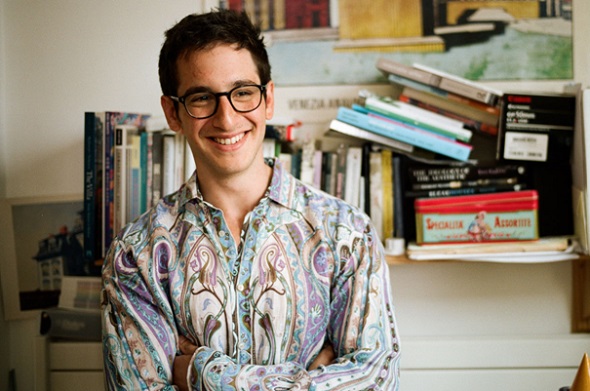
Photograph by Julian Furman
Back in 2013, Adam had already created 3D printed ceramic objects for his ‘Designers in Residence’ commission at the London Design Museum. The project he worked on was called ‘Identity Parade’ and consisted of 3D printed ceramic vases and ornaments, painted in luminous colors and flashy patterns. For this project, Adam actually slipped into the role of a fictional designer:
“I believe very strongly in the power of character and scenario to tell complex truths about our contemporary state,” said Furman when he spoke to Dezeen about this project.

A selection of pieces of the ‘Identity Parade’ were on show at the Hospital Club in Covent Garden, London between May and June 2014. Photograph by Gareth Gardner.
Adam then moved to Italy for his next big project. He lived and worked in Rome for six months in order to create a mixed-media evocation of the Italian capital. Adam, who is also the co-director of Madam Studio and Saturated Space, created drawings, computer animations, films, 3D printed ceramics, and capriccios that were displayed at the British School at Rome.
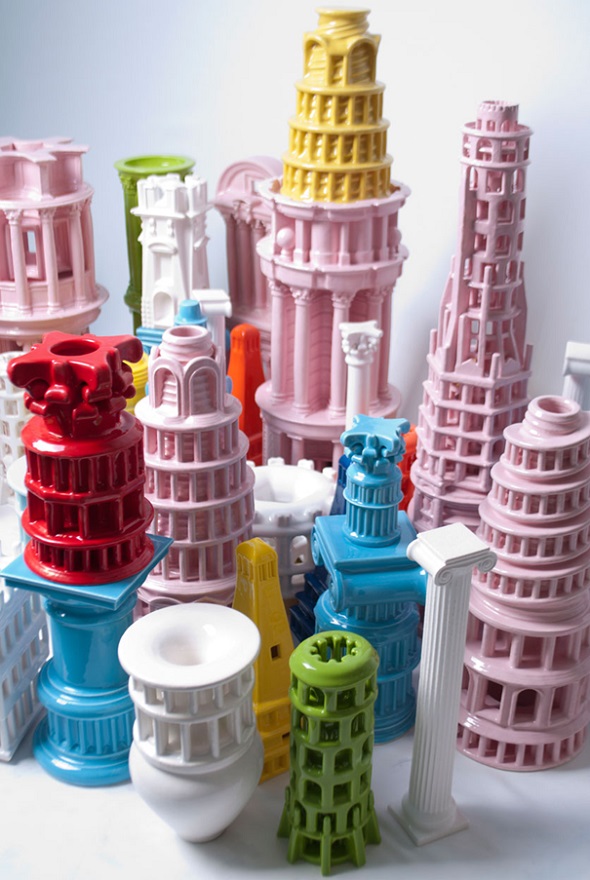
The Roman Singularity City in Ceramics. Photograph by Antonio Palmieri.
His stunning 3D printed result (which you can see above) can be best described in his own words:
“My approach is this: how can a city be taken apart and put together again in your mind’s eye? Walking around, you might see a renaissance lookout on top of a medieval tower, built over an imperial market above a clutch of republican villas. At the end of the day, you ask, what are the most evocative memories? What stories occupy these spaces? How can they be made understandable? The objects, the drawings, the capriccios—they all came out of those questions.”
In his latest 3D printing project, the British designer started yet another interesting approach: he combined his knowledge of Roman architecture with the functionality of everyday products. Household items inspired by gladiatorial arenas and aqueducts? Everything is possible with 3D printing: take a look at Adam’s 3D printed vase, soap holder, and salt cellar with a Roman touch.
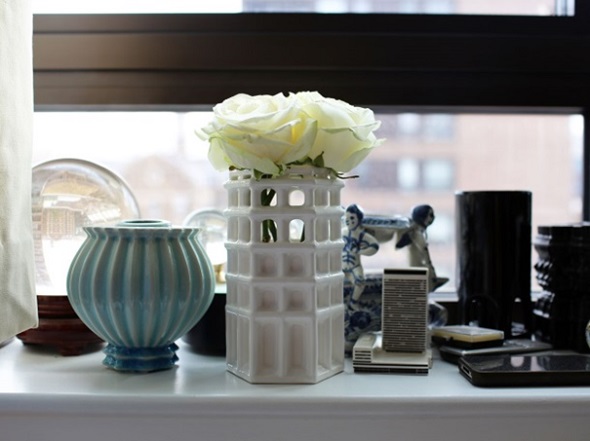
Vase of Diocletian by Adam Furman. Available on his i.materialise shop here.
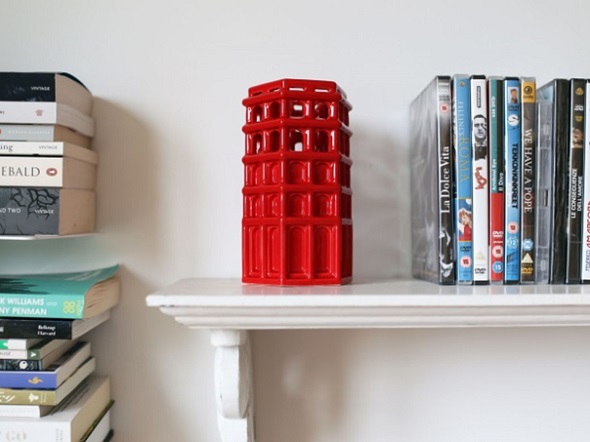
Vase of Diocletian by Adam Furman. Available on his i.materialise shop here.
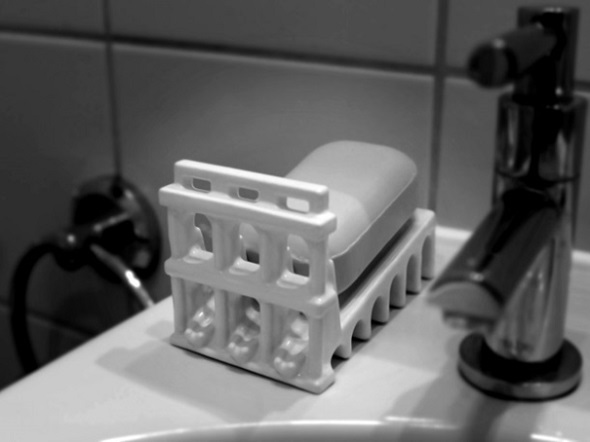
Soapaduct by Adam Furman. Available on his i.materialise shop here.
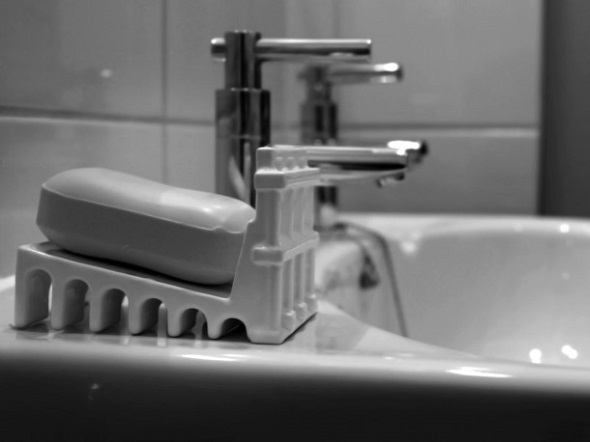
Soapaduct by Adam Furman. Available on his i.materialise shop here.
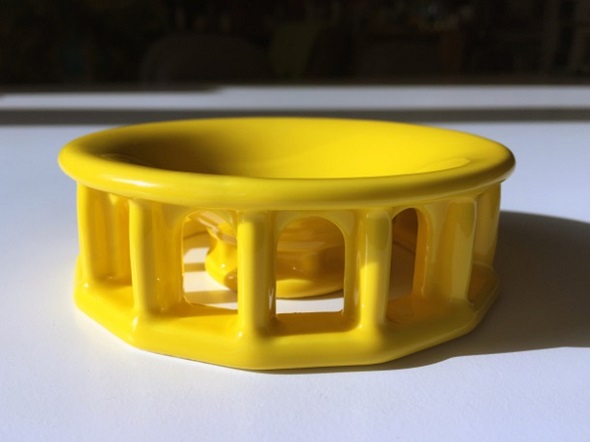
Saltasseum by Adam Furman. Available on his i.materialise shop here.
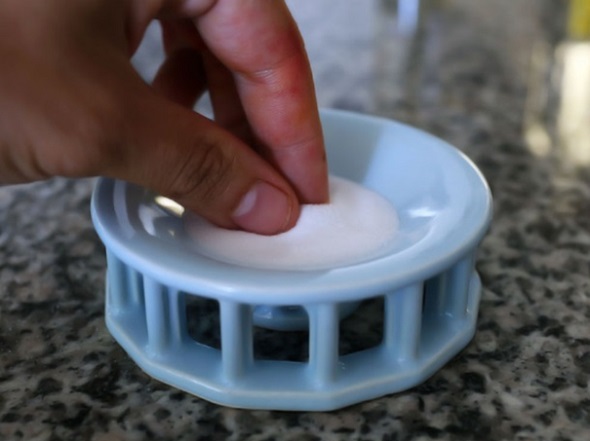
Saltasseum by Adam Furman. Available (in different colors) on his i.materialise shop here.
To learn more about Adam Furman, visit his website, Facebook page and Twitter account. If you want to learn how to create your own 3D prints in ceramics, this blog post is for you.
Recommended Articles
No related posts.


